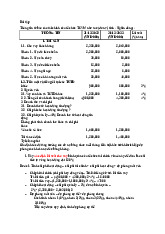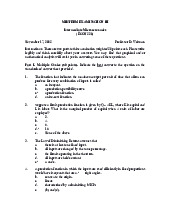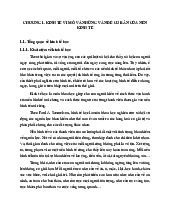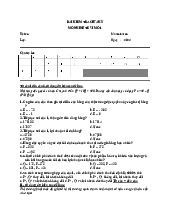

Preview text:
lOMoAR cPSD| 45476132
Microeconomics depends on Macroeconomics Interdependence
Microeconomics analyzes the problems and behavior of small units of the economy.
All microeconomic variables are a fraction of macroeconomic variables.
For example: Consumption of goods and services by a single person depends on the consumption
of those particular goods and services by the society where that single person resides.
Macroeconomics plays an important role in the study of these aspects of microeconomics.
1.Determination of product pricing
The price of a commodity is determined by the demand and the supply forces of the commodity.
It also depends upon the commodities produced by other firms, quantities of commodities, nature
of the commodities, cost of production, etc.
Similarly, the price of the product and the quantity sold also depend upon the national income,
total employment, effective demand, etc.
2.Study of factor pricing
Microeconomics also analyzes how a particular firm determines the wages of labor. But the firm
cannot determine the wage rate independently; it has to study the wages given by other firms of the economy.
Similarly, the study of other factor incomes such as rent, interests, and profits is the subject matter
of microeconomics but without the study of national income, the study of these factor incomes is impossible.
For example: Rent = NI – (Interest + Profits + Wages).
The determination of these factor incomes also depends upon other aggregates such as total saving
and investment, aggregate demand, employment level, etc.




